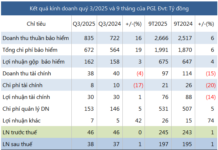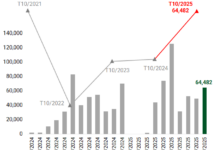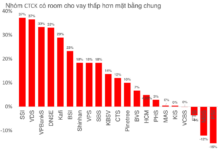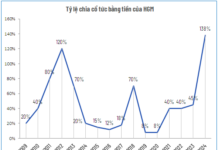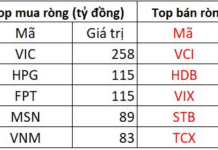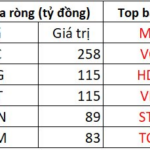These plans are being proposed as the Long Thanh International Airport (LTIA) in Dong Nai Province is expected to become operational in its first phase by 2026. As Vietnam’s largest airport, the first phase will have a capacity to serve 25 million passengers and 1.2 million tons of cargo annually.
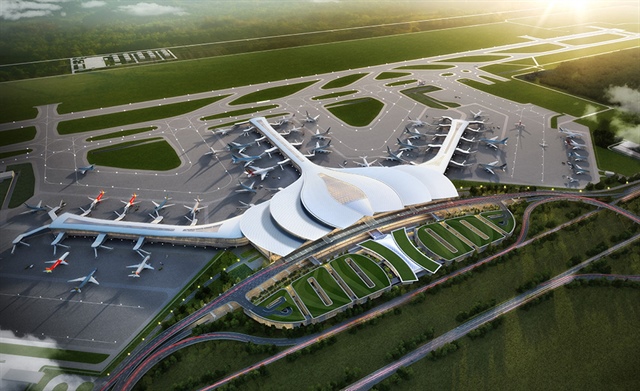
Rendering of Long Thanh Airport terminal. Source: ACV |
Prior to this important milestone, the Incheon Airport Consortium (IAC), the consulting firm managing the operation of LTIA, has proposed two main operational plans.
The first plan suggests that Long Thanh Airport will handle all international flights, while Tan Son Nhat International Airport (TIA) will focus solely on domestic flights.
As projected, TIA is expected to handle approximately 29.5 million domestic passengers annually, while LTIA will serve 19.1 million international passengers and a small portion of domestic passengers for transit purposes.
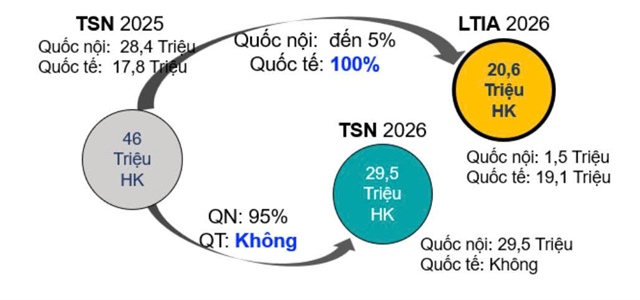
Scenario of transferring all international flights from Tan Son Nhat to Long Thanh Airport. Image: ACV. |
According to this plan, the distribution of operations between the two airports is as follows: TIA handles 95% of total domestic traffic, while LTIA handles 100% of international traffic, thus forming the foundation for an international transit hub in the southern region.
This strategy is considered bold but offers distinct advantages. Firstly, centralizing international operations will optimize resources in terms of personnel, equipment, and procedures, thereby enhancing operational efficiency and reducing costs. More importantly, it will create a single-hub model for international transit, providing passengers with a seamless experience without the need to travel between two airports, eliminating potential risks and inconveniences associated with time.
Instead of dispersing strength, transforming LTIA into the sole international transit hub will establish a solid foundation for the airport to compete with regional and global competitors. It also addresses the long-term capacity overload at TIA, which has been a challenging issue for many years. Additionally, Long Thanh’s ability to operate 24/7 due to its remote location from residential areas is an undeniable advantage.
However, the first plan also has a single but significant drawback: passengers in Ho Chi Minh City traveling on short-haul international flights may find it less convenient due to the longer distance compared to traveling from TIA.
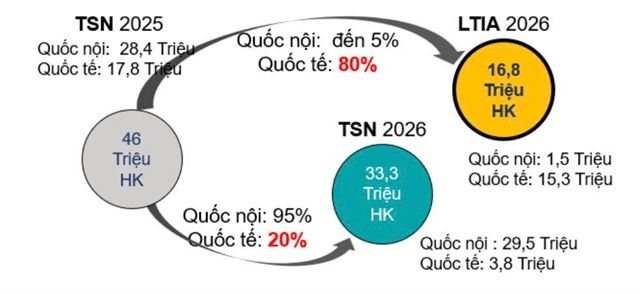 Scenario of operating international flights simultaneously at Tan Son Nhat and Long Thanh Airports. Image: ACV. |
The second plan suggests that TIA will continue to operate domestic flights and a portion of short-haul international flights (less than 1,000 km). LTIA will focus on long-haul international flights and domestic flights for transit purposes.
While LTIA will handle all long-haul international flights, with an estimated total volume of around 15.3 million passengers per year, along with a portion of domestic traffic for transit needs. The specific distribution is TIA operating 20% of total international traffic, with the remaining 80% at LTIA.
The advantage of this plan is that it utilizes the existing infrastructure at TIA in the initial phase, reducing capacity pressure on LTIA, and providing convenience for passengers in Ho Chi Minh City traveling on short-haul regional flights.
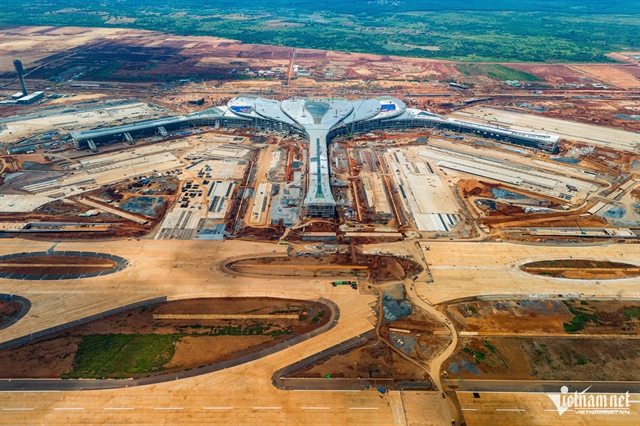 The grand construction site of the ‘super’ Long Thanh Airport project is accelerating to meet the deadline for the first phase of operation in 2026. Image: Nguyen Hue |
Experts and airlines alike have pointed out the limitations of the second plan. Operating costs will increase due to the need to maintain parallel resources (personnel, customs, quarantine, etc.) for international operations at both airports. Moreover, fragmenting international operations will weaken LTIA’s competitiveness as a transit hub.
According to ACV’s analysis, this distribution could result in a loss of up to 8.8% of total international passenger volume for LTIA, as transit passengers (especially those connecting short-haul and long-haul flights) tend to opt for other regional airports to avoid the inconvenience of traveling between two airports. International experiences at Narita (Japan) and Heathrow (UK) also demonstrate how dispersing international operations has severely diminished their transit hub status.
Given these two choices, Vietnam’s Civil Aviation Authority and international airlines have strongly favored the first plan, which involves transferring all international flights from Tan Son Nhat to Long Thanh, to ensure streamlined management, optimized resource utilization, and efficient operations.
This plan is considered the most optimal for effectively utilizing resources and establishing LTIA as a competitive transit hub that can rival major airports worldwide.
Tuan Kiet
“PM: EVN to be Developed into the Third Largest Power Corporation in the Region”
On the morning of August 10th, Prime Minister Pham Minh Chinh attended the 4th Congress of the Vietnam Electricity (EVN) Party Committee for the 2025-2030 term.
The Laundry Powder Company, Aged 60, Fined and Taxed for Over $130,000 in Penalties.
“Businesses have engaged in misdeclaration, resulting in an underpayment of taxes due, as well as misdeclarations that did not result in a deficit of taxes owed. This misconduct has implications for both their reputation and legal standing.”











